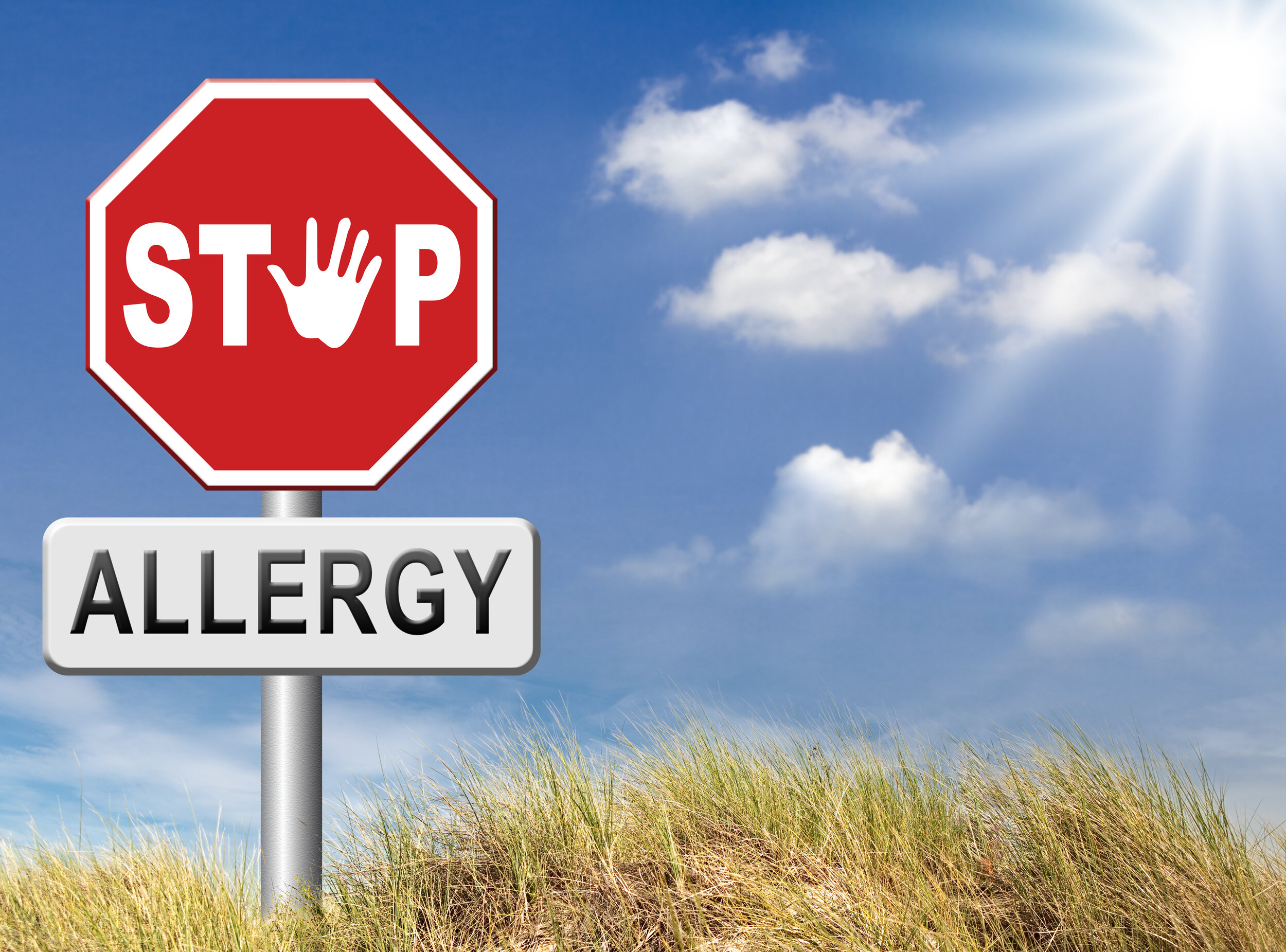Hay Fever and Pollen Season
Hey - It’s Hay Fever Season
It’s that time of year again. If you are a hay fever sufferer, you might try to follow these tips to make it through the season.
Keep windows closed in your home and car.
Use an air conditioner and change or clean the filters frequently.
Stay inside as much as possible, particularly between 5:00am and 10:00am, when most pollen is emitted
Don’t exercise during the early morning hours, when pollination is at its peak.
Avoid yard work such as mowing the lawn and stay away from freshly cut grass. If this is not possible, were a pollen mask and goggles.
Shower and wash your hair frequently to remove pollen.
Wash pillow cases often and dry all laundry indoors.
If the time and budget allow, plan to vacation during the height of the hay fever season. Of course, choose a destination where allergens are not a problem.
Sources: the Asthma and Allergy Advance, DC; Asthma and Allergy Foundation of America; March-April 1993
Tips to Remember #8. Milwaukee, Wis: American Academy of Allergy and Immunology; March 1994
Pollen Season lasts from February or March Through October…
…in the northern U.S. Outside, mold spores can be found all year long in the South and on the West coast.
Molds are present almost everywhere. Outdoors, they can be found in soil, vegetation and rotting wood. Inside, molds are commonly found in attics, basements, bathrooms, refrigerators and other food storage areas, garbage containers, carpets, and upholstery.
Weather does have some affect on pollen and mold distribution. Days that are rainy and windless can alleviate allergic rhinitis symptoms, because pollen does not move about during these conditions. Hot, dry and windy weather signals heavy pollen and mold distribution.
If you are thinking of moving in order to escape from your allergies, you should be aware that moving may result in temporary improvement in symptoms of allergic rhinitis depending on how different the pollens and molds in the new locations are from those left behind. However, some pollens, especially grasses, and molds are common to most plant zones in the U.S. In addition, many people acquire allergies to the prevalent airborne allergens in that area within three to four years. Therefore, moving to another part of the country to avoid allergy symptoms is often ultimately disappointing.


